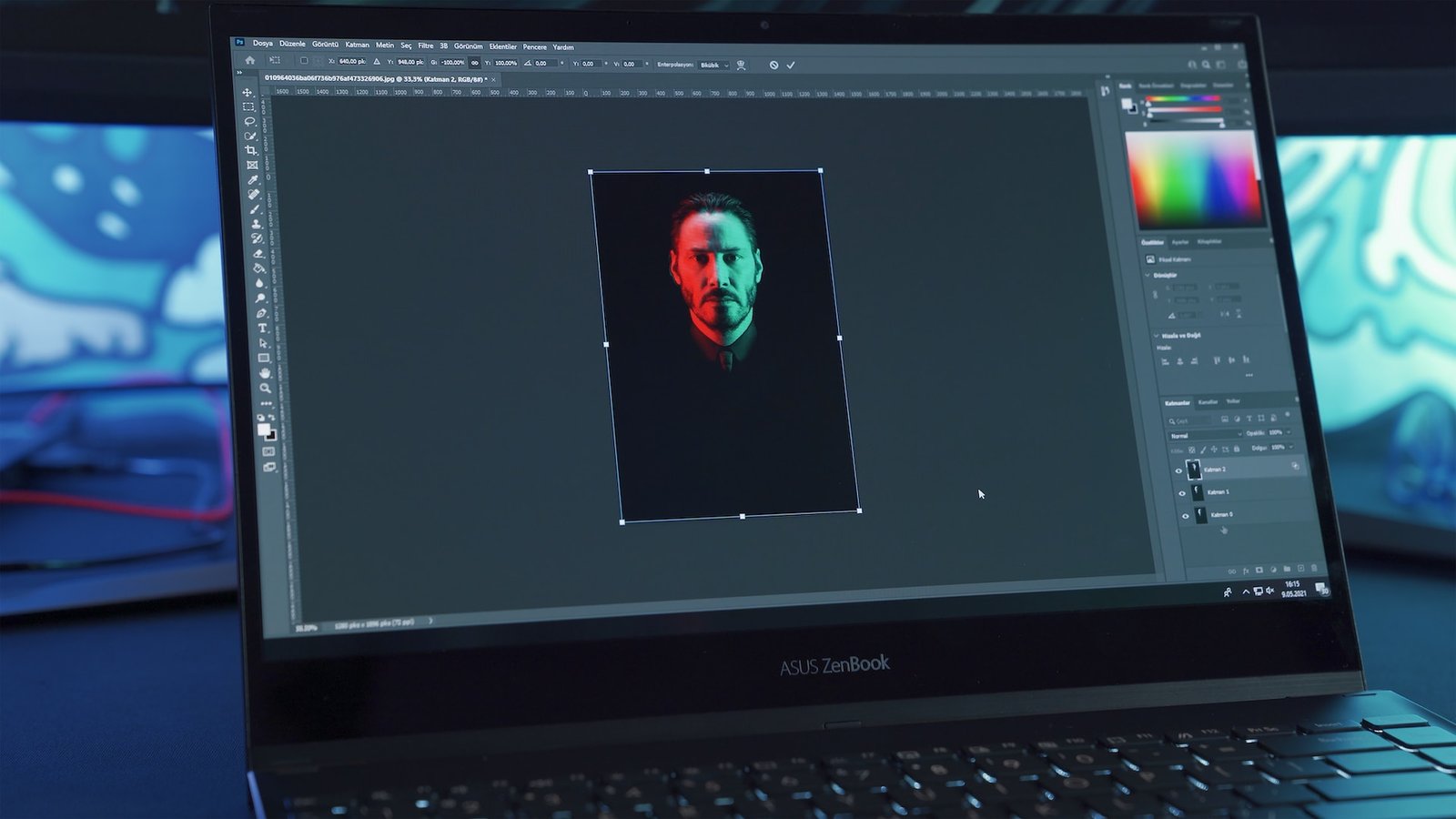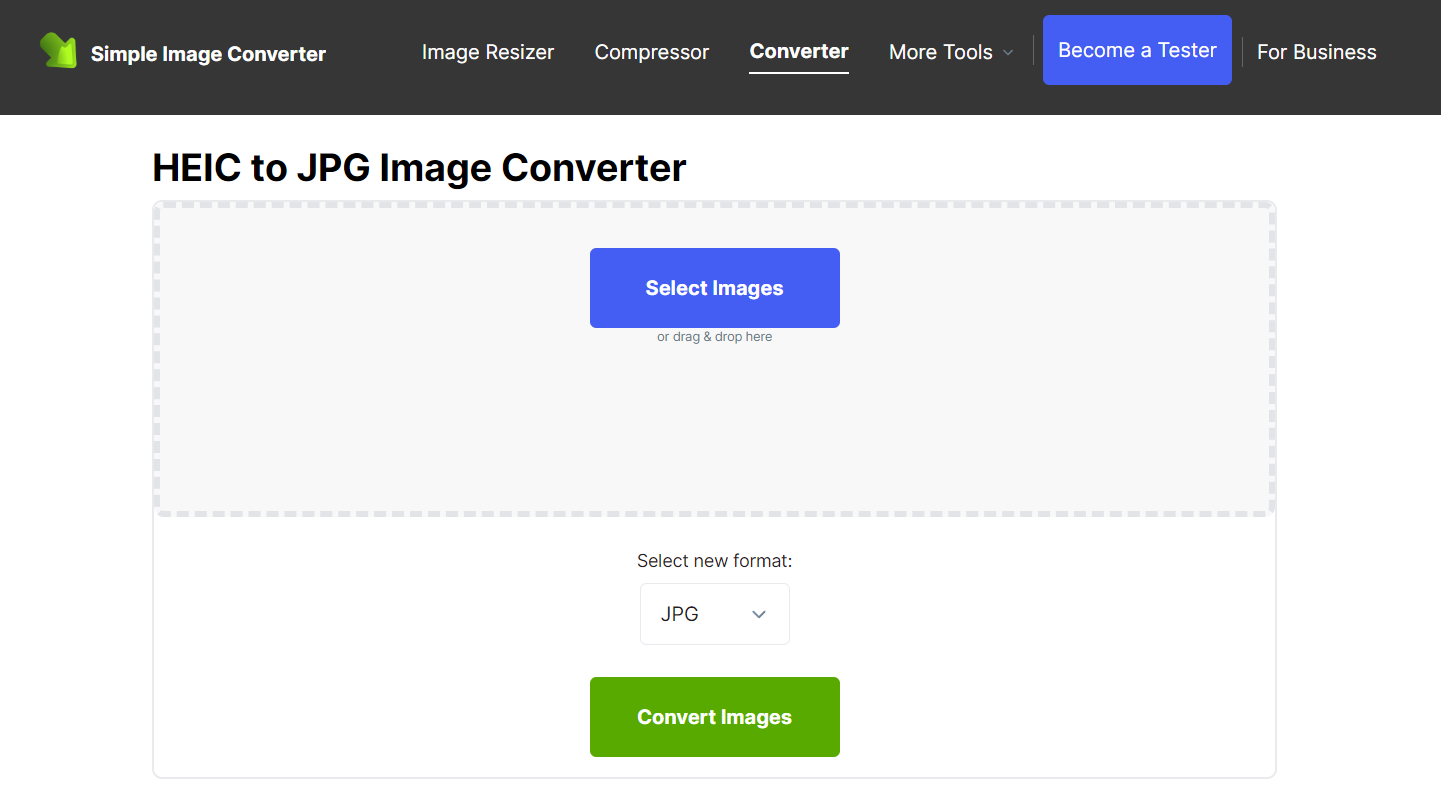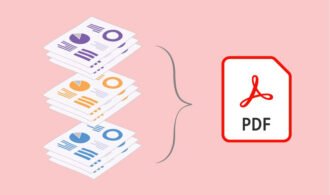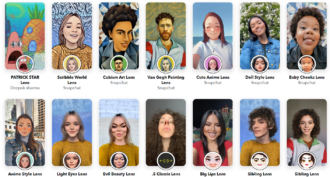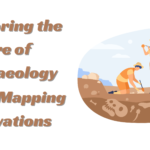The Evolution of Image Resizing: A Dive into the World of HEIC Conversions
- 1 Understanding HEIC: The New Age Image Format
- 2 The Need for Conversion: PNG and JPG to the Rescue
- 2.1 Here are some reasons one might consider converting HEIC:
- 2.2 The Process of Conversion: How Does It Work?
- 2.3 Beyond HEIC: The Continuous Expansion of Image Formats
- 2.4 Optimizing Image Performance for Web
- 3 In Conclusion
Understanding HEIC: The New Age Image Format
HEIC, which stands for High Efficiency Image Format, was introduced as a successor to the traditional JPG. It promises high-quality images at almost half the file size, ensuring users save storage without compromising on quality. But as with any new format, it brings along its set of challenges:
- Limited compatibility with non-Apple devices.
- Issues with software that hasn’t been updated to handle HEIC.
- Difficulties in sharing with users who might not have the latest tech.
For these reasons, the need for easy and efficient conversion tools has surged.
The Need for Conversion: PNG and JPG to the Rescue
Two of the most universally accepted image formats are PNG and JPG. While JPG is known for its lossy compression, making it ideal for photographs without significant quality loss, PNG is preferred for its lossless compression, preserving every detail.
Here are some reasons one might consider converting HEIC:
- Universal Compatibility: While HEIC is predominantly an Apple format, PNG and JPG are almost universally accepted.
- Editing and Software Compatibility: Most image editing software readily supports JPG and PNG.
- Easy Sharing: Sharing a JPG or PNG ensures the recipient can view it without any hiccups.
It’s evident that conversions like heic to png and heic to jpg converter serve a critical purpose in the digital landscape today.
The Process of Conversion: How Does It Work?
Converting a HEIC file to PNG or JPG isn’t just about changing the file extension. The process involves decoding the image data from the HEIC format and then encoding it into the desired output format, whether it’s PNG or JPG.
While there are several tools available online, it’s essential to choose one that ensures quality retention. Look for a tool that:
- Maintains the image’s original quality.
- Offers a user-friendly interface.
- Guarantees fast conversion times.
Beyond HEIC: The Continuous Expansion of Image Formats
Every few years, the digital world witnesses the emergence of new image formats, each promising better compression algorithms, enhanced features, or improved quality. From the once-popular BMP and TIFF to the recent WebP and AVIF, the quest for the perfect balance between size and quality is never-ending. While HEIC has garnered attention, especially within the Apple ecosystem, it’s essential to recognize that the world of image formats is vast and ever-evolving. As technology progresses, so will the ways we store and represent digital imagery, pushing boundaries and setting new standards.
Optimizing Image Performance for Web
One of the most significant challenges of the digital age is optimizing images for the web. As websites become more visually intensive, the need for images that load quickly without sacrificing quality has become paramount. This isn’t just about user experience; search engines like Google factor in page load times when ranking sites. Conversions, such as those from HEIC to JPG or PNG, often play a pivotal role in this optimization process. Additionally, using responsive images that adapt to the viewer’s device or screen size and employing lazy loading techniques can significantly improve webpage performance. It’s a dance of technology and creativity, ensuring visuals captivate without hindering the speed and efficiency of the digital experience.
In Conclusion
The emergence of HEIC as a popular image format underlines the continuous evolution in the world of digital photography. While it offers numerous advantages in terms of quality and file size, the challenges it presents cannot be ignored. Converting HEIC files to more universally accepted formats ensures we get the best of both worlds: top-notch image quality and broad compatibility.
As the digital landscape continues to evolve, being informed and having access to the right tools will always keep you a step ahead. Whether you’re a professional photographer, a tech enthusiast, or just someone looking to share memories seamlessly, understanding formats and conversions is crucial in today’s world.

